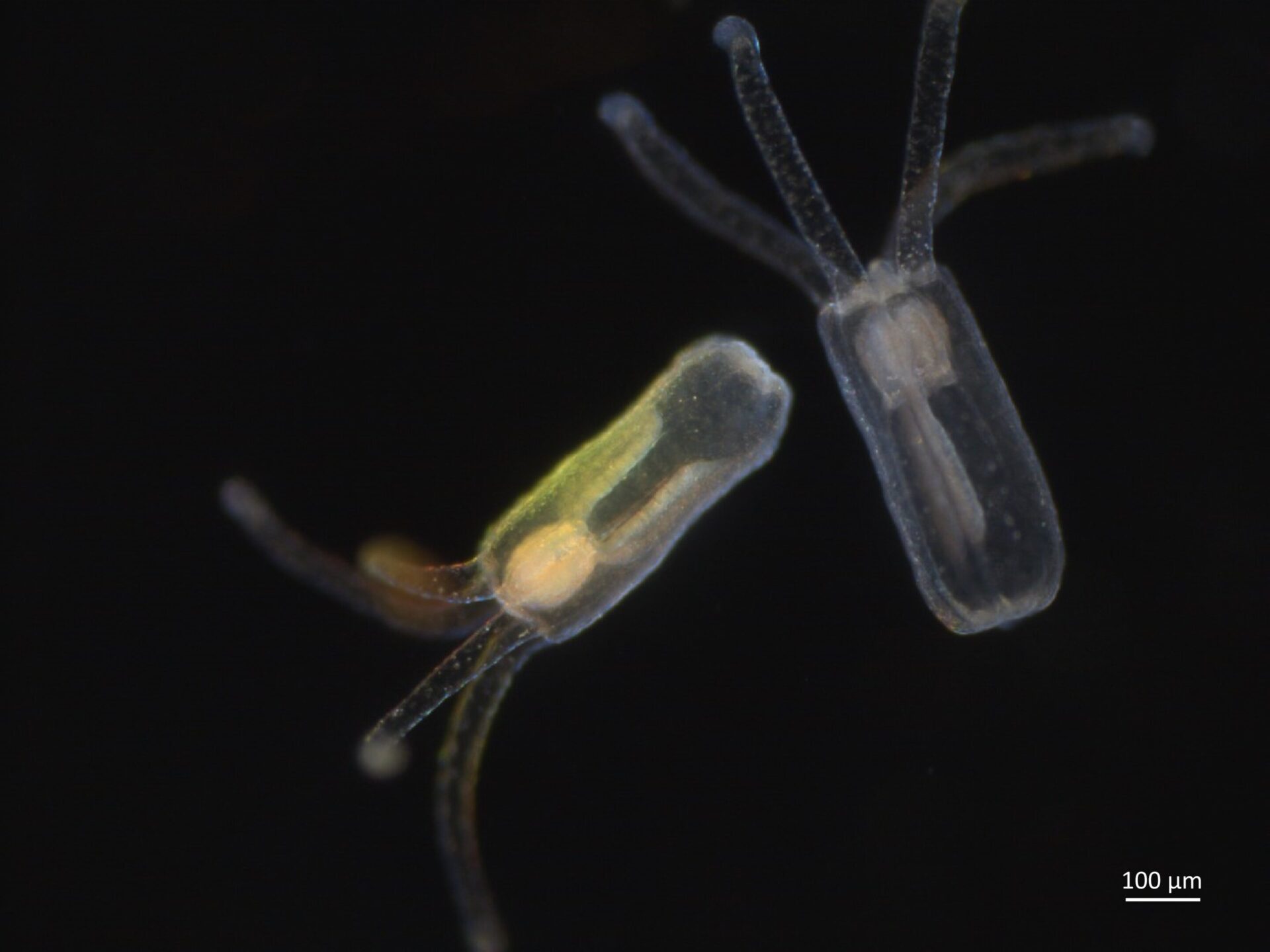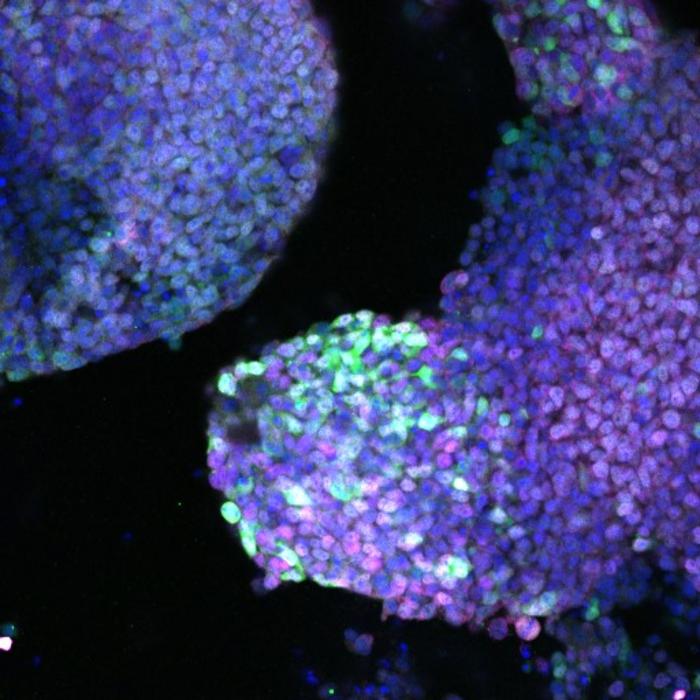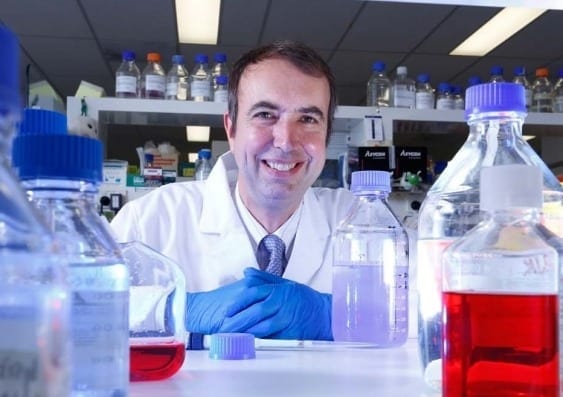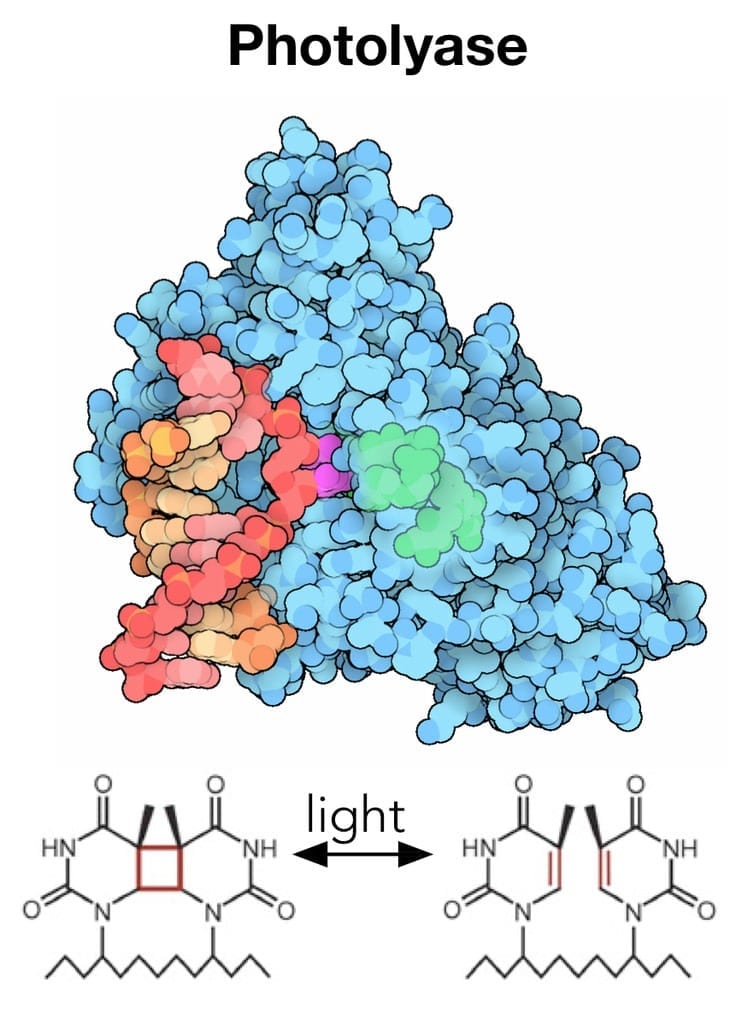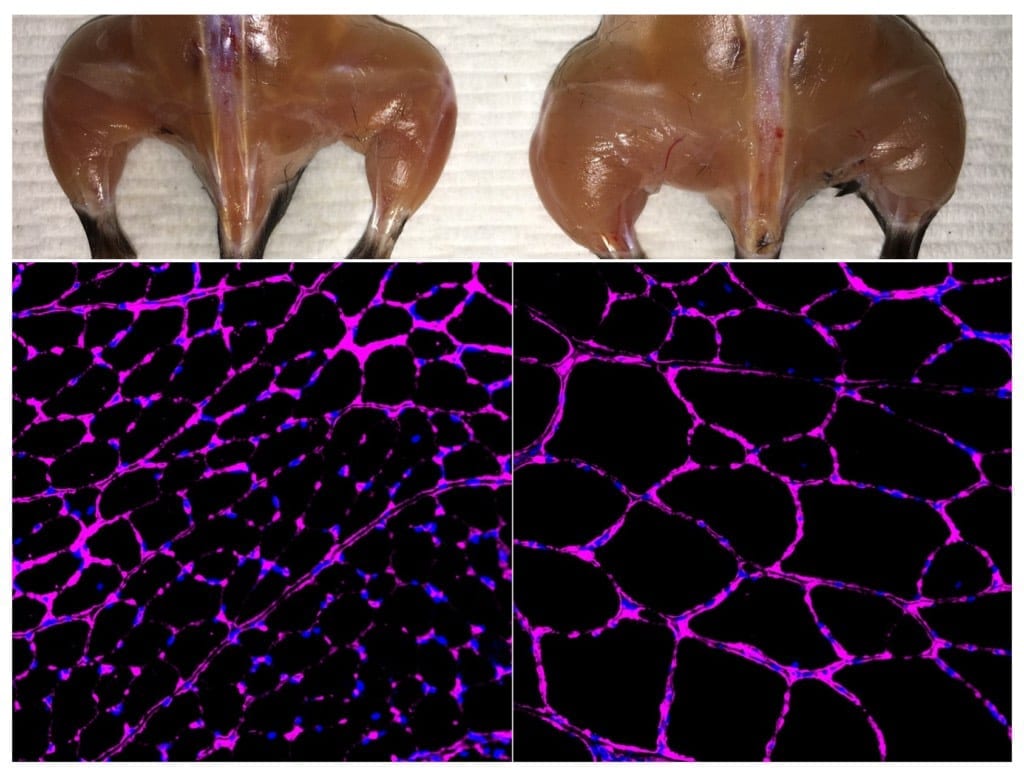
Credit: Salk Institute
Approach could also be applied to reversing aging and age-related diseases such as hearing loss and macular degeneration
Salk scientists have created a new version of the CRISPR/Cas9 genome editing technology that allows them to activate genes without creating breaks in the DNA, potentially circumventing a major hurdle to using gene editing technologies to treat human diseases.
“Although many studies have demonstrated that CRISPR/Cas9 can be applied as a powerful tool for gene therapy, there are growing concerns regarding unwanted mutations generated by the double-strand breaks through this technology,” says Juan Carlos Izpisua Belmonte, a professor in Salk’s Gene Expression Laboratory and senior author of the new paper, published in Cell on December 7, 2017. “We were able to get around that concern.”
In the original CRISPR/Cas9 system, the enzyme Cas9 is coupled with guide RNAs that target it to the right spot in the genome to create DSBs. Recently, some researchers have started using a “dead” form of Cas9 (dCas9), which can still target specific places in the genome, but no longer cuts DNA. Instead, dCas9 has been coupled with transcriptional activation domains—molecular switches—that turn on targeted genes. But the resulting protein—dCas9 attached to the activator switches—is too large and bulky to fit into the vehicle typically used to deliver these kinds of therapies to cells in living organisms, namely adeno-associated viruses (AAVs). The lack of an efficient delivery system makes it very difficult to use this tool in clinical applications.
Izpisua Belmonte’s team combined Cas9/dCas9 with a range of different activator switches to uncover a combination that worked even when the proteins were not fused to one another. In other words, Cas9 or dCas9 was packaged into one AAV, and the switches and guide RNAs were packaged into another. They also optimized the guide RNAs to make sure all the pieces ended up at the desired place in the genome, and that the targeted gene was strongly activated.
“The components all work together in the organism to influence endogenous genes,” says Hsin-Kai (Ken) Liao, a staff researcher in the Izpisua Belmonte lab and co–first author of the new paper. In this way, the technology operates epigenetically, meaning it influences gene activity without changing the DNA sequence.
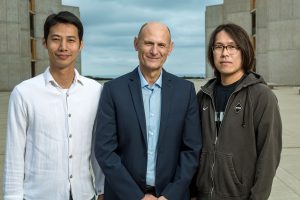
To test the method, the researchers used mouse models of acute kidney injury, type 1 diabetes and a form of muscular dystrophy. In each case, they engineered their CRISPR/Cas9 system to boost the expression of an endogenous gene that could potentially reverse disease symptoms. In the case of kidney disease, they activated two genes known to be involved in kidney function, and observed not only increased levels of the proteins associated with those genes, but improved kidney function following an acute injury. For type 1 diabetes, they aimed to boost the activity of genes that could generate insulin-producing cells. Once again, the treatment worked, lowering blood glucose levels in a mouse model of diabetes. For muscular dystrophy, the researchers expressed genes that have been previously shown to reverse disease symptoms, including one particularly large gene that cannot easily be delivered via traditional virus-mediated gene therapies.
“We were very excited when we saw the results in mice,” adds Fumiyuki Hatanaka, a research associate in the lab and co–first author of the paper. “We can induce gene activation and at the same time see physiological changes.”
Izpisua Belmonte’s team is now working to improve the specificity of their system and to apply it to more cell types and organs to treat a wider range of human diseases, as well as to rejuvenate specific organs and to reverse the aging process and age-related conditions such as hearing loss and macular degeneration. More safety tests will be needed before human trials, they say.
Learn more: Salk scientists modify CRISPR to epigenetically treat diabetes, kidney disease, muscular dystrophy
The Latest on: CRISPR/Cas9 genome editing technology
[google_news title=”” keyword=”CRISPR/Cas9 genome editing technology” num_posts=”10″ blurb_length=”0″ show_thumb=”left”]- Buy Rating Affirmed for Crispr Therapeutics AG on Strong Pipeline and Financial Healthon May 9, 2024 at 10:25 pm
Leerink Partners analyst Mani Foroohar has maintained their bullish stance on CRSP stock, giving a Buy rating yesterday. Mani Foroohar has given his Buy rating due to a combination of factors ...
- CRISPR gene editing trial treats inherited blindnesson May 9, 2024 at 1:24 am
Scientistse have restored vision and hearing in people born with congenital blindness or deafness in two seperate gene therapy trials A British toddler born deaf has become the first person to have ...
- CRISPR Enzyme Found in Metagenomic Study Is Tiny, Yet Active and Preciseon May 6, 2024 at 6:30 pm
Metagenomic study uncovers previously uncharacterized Cas9 nucleases, including CoCas9, which is compact, but still active and precise.
- CRISPR-Cas9 genome editing articles from across Nature Portfolioon May 6, 2024 at 4:59 pm
CRISPR-Cas9 genome editing exploits the CRISPR-Cas system to modify a genome in a targeted manner. Guided by RNA, the Cas9 endonuclease breaks DNA at a target sequence. Imprecise repair of the ...
- Gene Editing for Inherited Form of Blindness Shows Promise in Phase I/II Trialon May 6, 2024 at 10:01 am
CRISPR gene editing leads to improvements in vision for people with inherited blindness, a recent clinical trial shows.
- ‘ChatGPT for CRISPR’ creates new gene-editing toolson April 28, 2024 at 5:00 pm
This week, researchers published details of how they used a generative AI tool called a protein language model — a neural network trained on millions of protein sequences — to design CRISPR ...
- A small factor makes a big impact on genome editingon April 22, 2024 at 8:52 am
Through years of engineering gene-editing systems, researchers have developed a suite of tools that enable the modification of genomes in living cells, akin to "genome surgery." These tools, including ...
- CRISPR Gene Editing Newson October 22, 2023 at 5:00 pm
June 5, 2023 — New work uses cutting-edge CRISPR/Cas9 genome editing tools to reveal ... in bacteria or harnessed by CRIPSR-Cas gene editing technology, is a strong molecular bond of a Cas ...
- CRISPR and Genome Editingon September 13, 2023 at 9:38 pm
Technology Networks spoke with Perdita Barran to find ... known as VP882 and discovered that tiny RNA molecules play a decisive role. The genome editing tool CRISPR-Cas9 can eliminate HIV viruses from ...
- CRISPR and Genome Editingon August 16, 2023 at 2:51 am
Genome editing using CRISPR technology may be a key approach to improving agricultural production. A global coalition involving over 500 scientists, known as the COVID-19 MS Coalition, was announced ...
via Google News and Bing News




